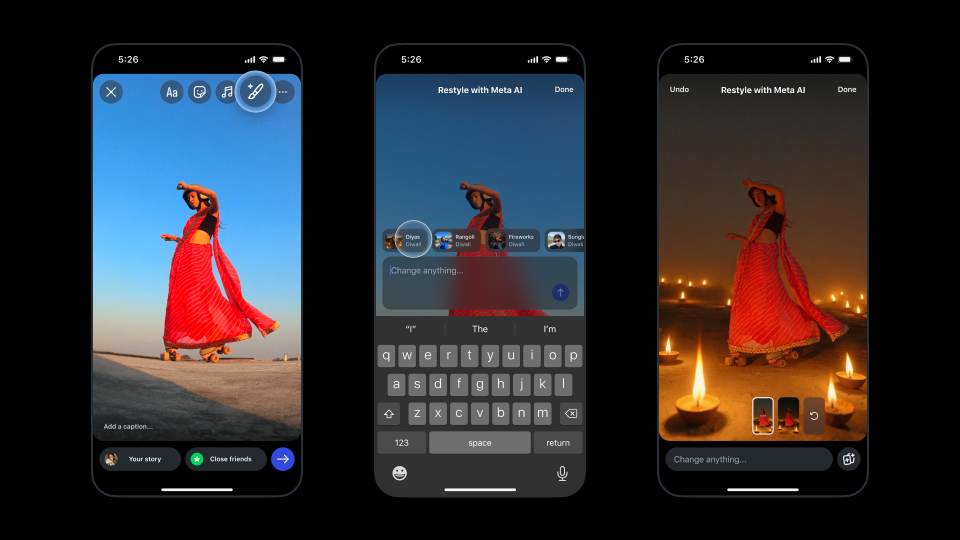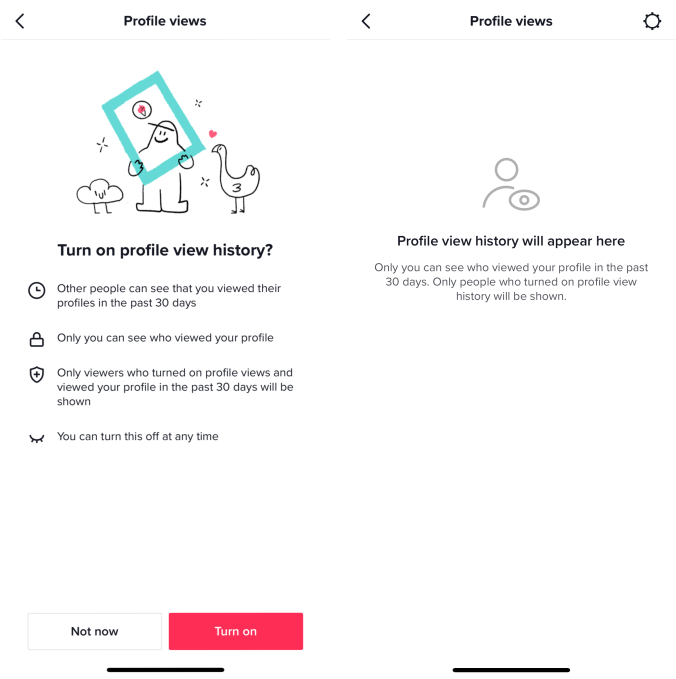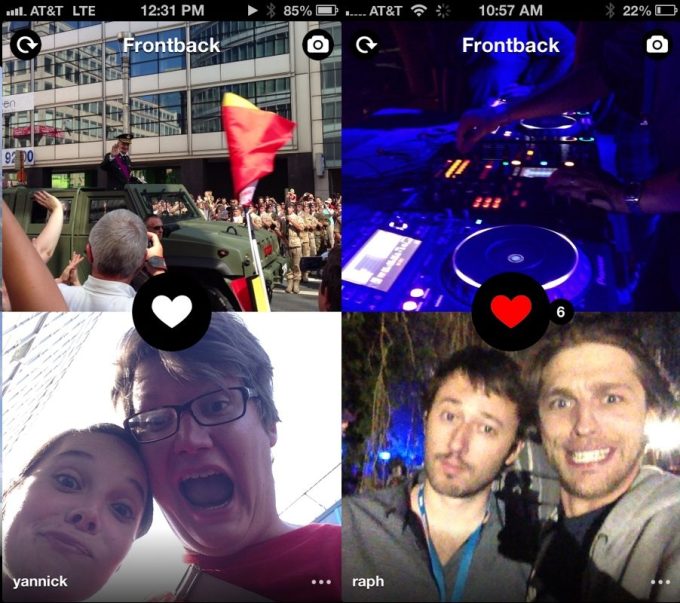
Today, we’re sharing our vision for supporting parents as they help their teens navigate AI, including announcing new controls that let parents see – and manage – how their teens are interacting with AI characters. Every day, teens use our platforms to stay in touch with friends and explore their interests, and AI can unlock even more of these opportunities, empowering them to learn new skills, like coding or graphic design, or helping them with tricky subjects after school.
We recognize parents already have a lot on their plates when it comes to navigating the internet safely with their teens, and we’re committed to providing them with helpful tools and resources that make things simpler for them, especially as they think about new technology like AI.
We’ve already introduced age-appropriate protections into our AI features, like designing our AIs to give teens responses guided by PG-13 movie ratings, but we want to do even more to give parents oversight of their teen’s AI experiences.
New Ways for Parents to Shape Their Teens’ Interactions With AI
In addition to the automatic safeguards already provided by Teen Accounts, we’re introducing new supervision tools for parents to help them make informed decisions about the AI characters their teens chat with. Here are the updates we plan to make:
- Parents can choose to turn off their teen’s access to one-on-one chats with AI characters entirely. Meta’s AI assistant will remain available to offer helpful information and educational opportunities, with default, age-appropriate protections in place to help keep teens safe.
- Parents will be able to block specific AI characters if they don’t want to turn off access to AI characters altogether.
- Parents will get insights into the topics their teens are chatting about with AI characters – and Meta’s AI assistant – so they can have thoughtful conversations with their teens about AI interactions.
Technology will never replace the value of critical thinking, real-life connections, and human interaction – and that’s not our aim. We believe AI can complement traditional learning methods and exploration in a way that feels supportive, all with the proper age-appropriate guardrails in place.
Existing Protections for Teens Using AI
In talking to parents, we consistently hear that their concerns about their teens’ technology use fall into three categories: who they’re interacting with, what type of content they’re seeing, and whether their time is well-spent.
We built Teen Accounts with these concerns in mind and have applied a similar framework to teen protections across their AI interactions, which we’ll continue to iterate on. As we announced earlier this week, we updated AI experiences for teens to be guided by PG-13 ratings, meaning AIs should not give age-inappropriate responses that would feel out of place in a PG-13 movie. We’ve already started rolling these changes out in English in the US, UK, Canada, Australia.
Additional protections include:
- AI characters are designed to not engage in age-inappropriate discussions about self-harm, suicide, or disordered eating with teens, or conversations that encourage, promote, or enable these topics. Our AIs are designed to respond safely to these topics and direct teens, when appropriate, to expert resources or support.
- Teens can only interact with a limited group of AI characters, focused on age-appropriate topics like education, sports, and hobbies – not romance or other inappropriate content.
- Parents can see if their teens are chatting with AI characters and set time limits on app use, to as little as 15 minutes per day overall. This includes time spent talking to AIs.
We know teens may try to get around these protections, so we’re also using AI technology to place those we suspect are teens into these protections, even if they tell us they’re adults.
What Parents Can Expect Next
AI is evolving rapidly, which means we are going to need to constantly adapt and strengthen our protections for teens, while listening and responding to concerns parents have about this new technology. We hope today’s updates bring parents some peace of mind that their teens can make the most of all the benefits AI offers, with the right guardrails and oversight in place.
We’re building these new parental supervision controls now and you’ll start to see these changes, beginning with Instagram, early next year. As with our Teen Accounts protections, we’ll plan to roll out first in English, to the US, UK, Canada and Australia. Making updates that affect billions of users across Meta platforms is something we have to do with care, and we’ll have more to share soon.
The post Empowering Parents, Protecting Teens: Meta’s Approach to AI Safety appeared first on Meta Newsroom.















 English (US) ·
English (US) ·